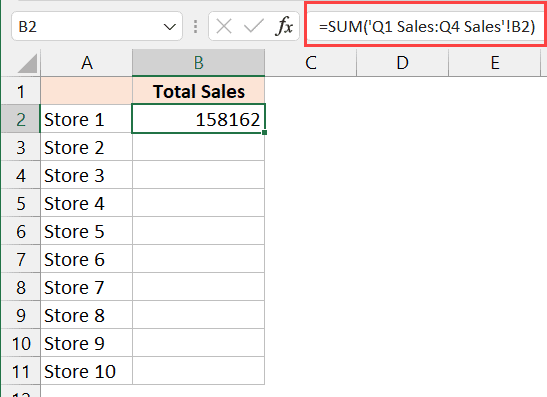Excel Tip: Print Single Sheet Easily

Whether you're compiling a report, organizing data, or sharing specific information from a workbook, knowing how to print a single sheet in Microsoft Excel can save you time and reduce paper waste. In this comprehensive guide, we'll walk you through the process, discuss various scenarios, and provide tips for efficient printing.
Why Print a Single Sheet?

Before diving into the 'how', let's consider the 'why' behind printing only one sheet:
- Resource Conservation: Printing only the required sheet saves paper and ink, reducing both cost and environmental impact.
- Clarity: Presenting only the relevant information prevents clutter, making your data more accessible.
- Efficiency: Speeds up the printing process when you need just one part of your workbook.
How to Print a Single Sheet in Excel

Manual Selection
The simplest way to print a single sheet is by selecting it manually:
- Open your Excel workbook.
- Click on the tab of the sheet you want to print. This action will highlight the tab, indicating that it’s the active sheet.
- Go to the File menu at the top of your screen, or press Ctrl+P to open the Print dialog.
- Under the Settings section, ensure “Print Active Sheets” is selected. This setting might already be active.
- Adjust any other print settings as needed (orientation, margins, scaling, etc.).
- Click Print to send the single sheet to the printer.
Using Page Break Preview

Sometimes, you might want to adjust how data appears on a page before printing. Excel’s Page Break Preview can help:
- Navigate to the View tab.
- Select Page Break Preview from the Workbook Views group.
- Drag the blue lines to adjust where pages will break. You can see each page as it would be printed.
- When satisfied, return to Normal view and proceed with the steps to print as described above.
Printing Specific Ranges

If you only need part of a sheet:
- Select the range of cells you want to print.
- In the Print dialog, choose “Print Selection” under Settings.
- Proceed with the printing process as usual.
💡 Note: When you select "Print Selection," any changes you make in the Print Settings will affect only the currently selected range, not the entire sheet.
Advanced Options

Print Titles

To ensure column and row headers are printed on every page:
- Go to the Page Layout tab.
- Select Print Titles.
- In the Page Setup dialog, under the “Sheet” tab, enter the rows and columns to repeat for print.
Setting Print Areas

If you frequently print a specific area of your sheet:
- Select the desired range.
- Go to Page Layout > Print Area > Set Print Area. Now, every time you print this sheet, it will print only the set area.
Final Thoughts

Printing single sheets in Excel enhances your workflow by allowing precision in what you share or analyze. Here are a few wrap-up tips:
- Check the preview before printing to ensure all data fits nicely on the page.
- Use the “Fit to Page” scaling option if you’re trying to condense data onto fewer pages.
- Consider setting up your print settings as part of your workbook template for consistency in future work.
Can I print multiple sheets at once?

+
Yes, by holding down Ctrl while clicking the tabs of the sheets you want to print, Excel will print all selected sheets when you initiate the print command.
What if I only want to print a specific chart from a sheet?

+
Select the chart by clicking on it, then right-click and choose “Print” from the context menu. This will print only the chart.
Why doesn’t my printer print the headers on every page?

+
Ensure you have set the print titles in the Page Setup dialog as described in the post. If set correctly, headers should appear on every page.